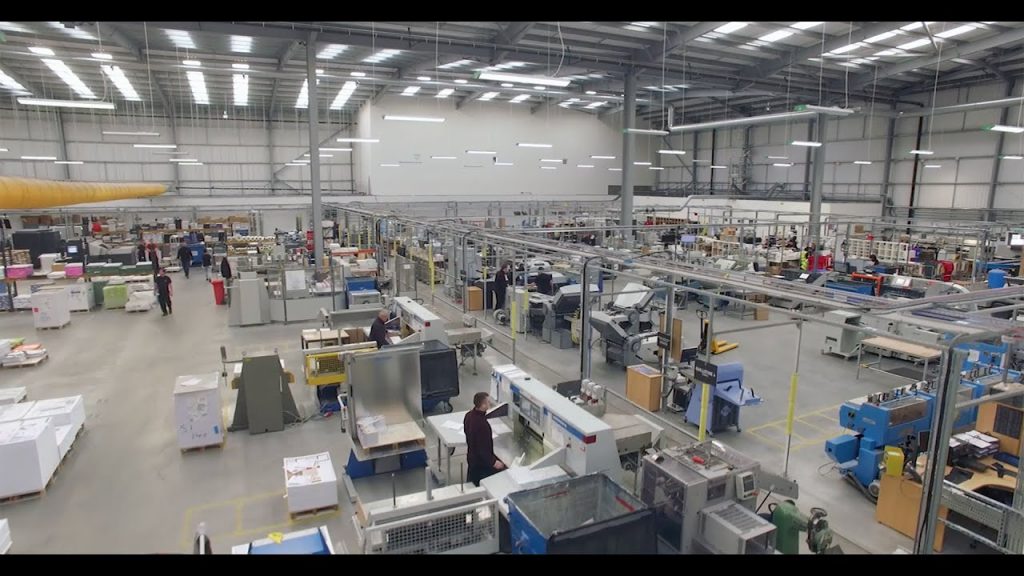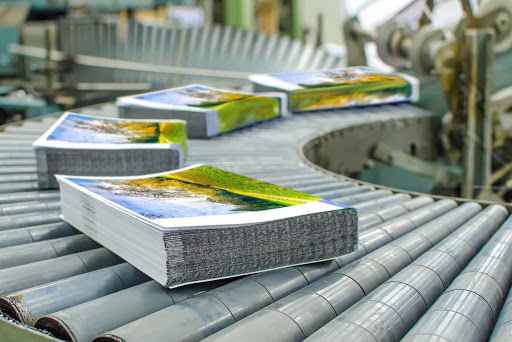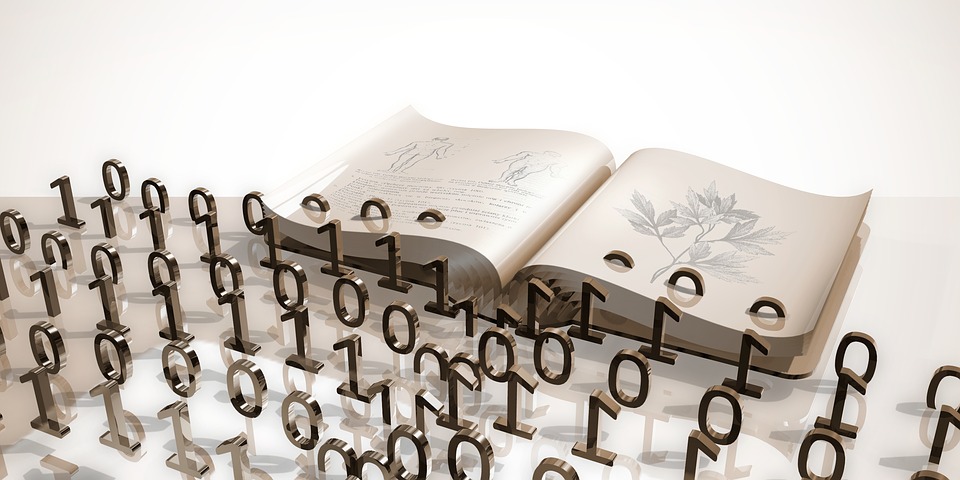When someone mentions the printing industry, to the average user will come to mind pictures of the emissions, huge amounts of paper waste and consumption of huge amounts of energy. But today’s reality is much different from those apocalyptic vision towards which there is no salvation for our planet. We can attribute this to users who require a more personalized approach, personalized marketing and shorter packaging life, which creates pressure that pushes the industry to be more efficient and faster, and this automatically encourages improvements in the sustainability of the industry itself.

Running a sustainable printing business today requires a holistic approach, as opposed to interrelated jobs and sporadic deliveries.
Therefore, it is not enough to devote to sustainability to only one part of the business, but sustainability must be at the heart of the product itself. The materials needed for its production, graphic prepress, printing and finishing must be efficient and economical, as should the logistics of the printing company itself. Even the printing house itself, transportation and energy use must be at some level of sustainability if the company wants to survive.
Due to the need for greater production efficiency and flexibility, we are witnessing progress in all areas of the industry.
In order to understand how these changes are happening, it is necessary first to understand the business reality of today’s printing. Most commercial printers today are not just printers. Regardless of the technology that is used – lithography, engraving, screen printing or digital printing – most printers create added value by offering additional services that only marginally have some connections with printing. Such services include delivery, planning, marketing consulting and even inventory management. Of course, we encounter different market dynamics when comparing commercial printing with packaging production, but one characteristic is common to all: competition with the lowest price alone is not enough to survive.

Automation for higher productivity and profit
Under such pressure, many printers have modernized their processes and fully automated workflows to increase productivity and profits, connecting with large databases to produce more personalized marketing materials.
Many printers have also accepted Web-to-print, a system that allows a graphic designer or printer to work directly with the user to effectively alter the design and layout of the project itself.
The print-on-demand business model also known as custom printing service is becoming more widespread in the printing industry as users want and need to refresh print materials such as catalogs, brochures, manuals, books and personalized office supplies. Custom printing is anything that is out of the ordinary, something unique or distinctive, and when used to market your business, it can be the one thing that stops a customer for that crucial moment, and gets them to look at you. Because of this, printers are using new technologies to produce more personalized materials in smaller quantities faster.

Printing companies that invest in technology also have no problem to offer wholesale printing services so they act also as trade printers. Graphic designers, ad agencies, marketing firms, print brokers, copy shops and other printing companies are all potential customers of a trade printer. Purchasing the printing wholesale from a trade printer allows them to resell it to their own customers at a competitive rate.
Using the new just-in-time printing technologies for printing small runs – which means printing according to real needs, not according to estimates –leads to fact that redundant and uneconomical forms of business are cut, resulting in a reduction in waste going to landfill.
According to a recent survey by the US Clean Air Council, paper is the largest source of waste in the printing industry. About 31% of municipal waste is paper and paper products. As a result, manufacturers are improving de-inking technologies that make paper and packaging more usable and recyclable.

Advanced energy-saving technologies
Regardless of the technology, classic printing machines use large amounts of energy and water when operating. However, manufacturers of these machines are constantly developing advanced technologies to reduce the amount of water needed to cool the machines. Some units also have integrated water cooling systems that are independent of the external water source. Another example is the use of used parts in the manufacture of new devices, as well as the constant improvement of energy efficiency. This ultimately results in the savings of the printing company and, in the long run, the use of such technologies will be increasingly common.
The increasing digitalisation of both documents and printing devices themselves contributes to the overall story, which ultimately reduces the need for physical media and enables faster and more efficient business processes within an organization.

But it would be wrong to advocate a complete transition to a “paperless world,” because as environmentally sound as it is, using paper is something without which current humanity cannot, and probably will not, in the near future.
Digital takes the lead in the lives of all of us, but choosing only one side in the analogue-digital battle would be wrong. Analog and digital must exist together and evolve together, and only then can we talk about sustainability within the industry.
Technology companies that manufacture computers, servers, printers and paper are tasked to assist people in maintaining economically reasonable and environmentally responsible balance. Because of all this, there is reason to be optimistic and believe that the need for efficiency will continue to drive innovation across all elements of the industrial supply chain, from more energy-efficient machines through digitalisation where needed and to more sustainable toners and inks.
Manufacturers, printers, and suppliers who are increasingly embracing these sustainability concepts, show how ideas that are good for the environment and ideas that are good for business are essentially the same thing.